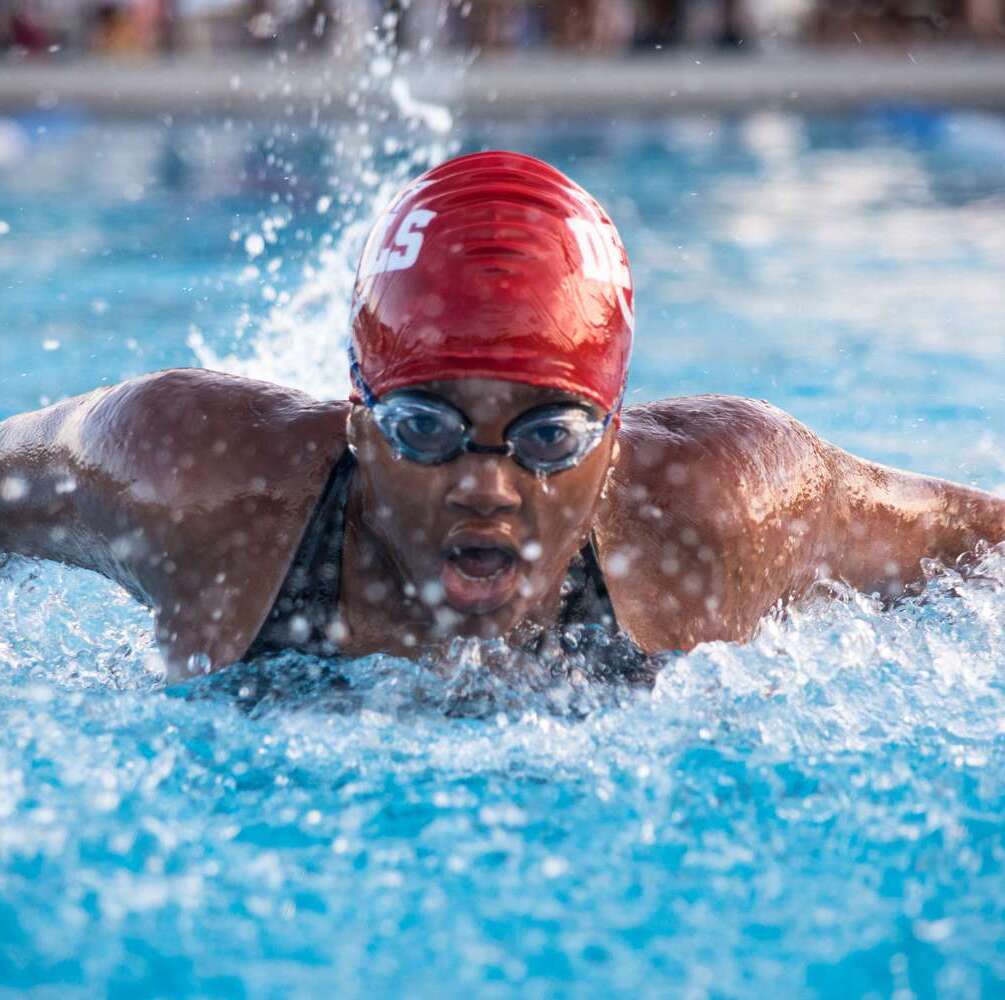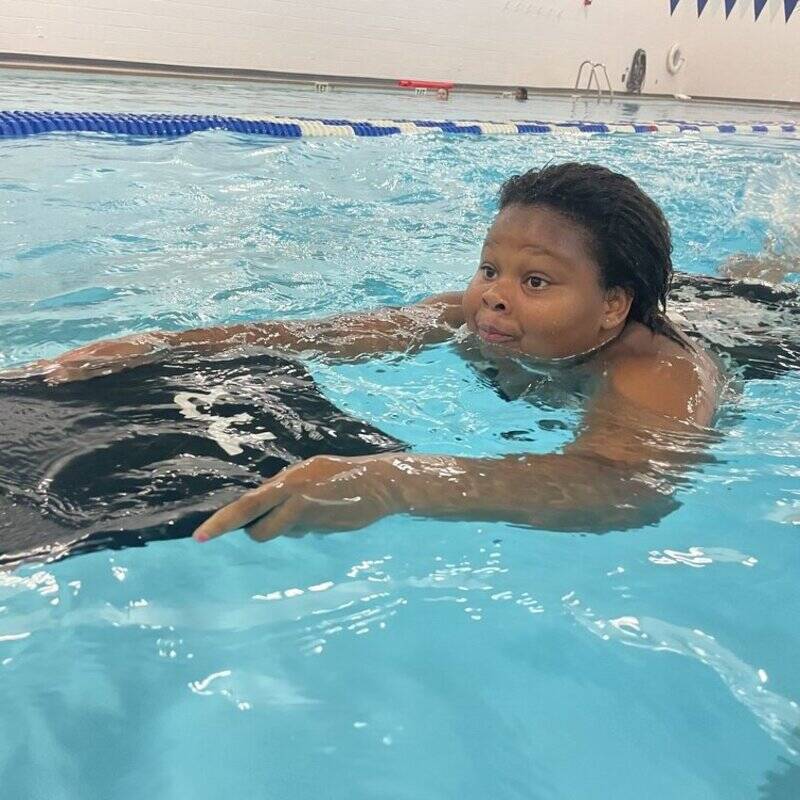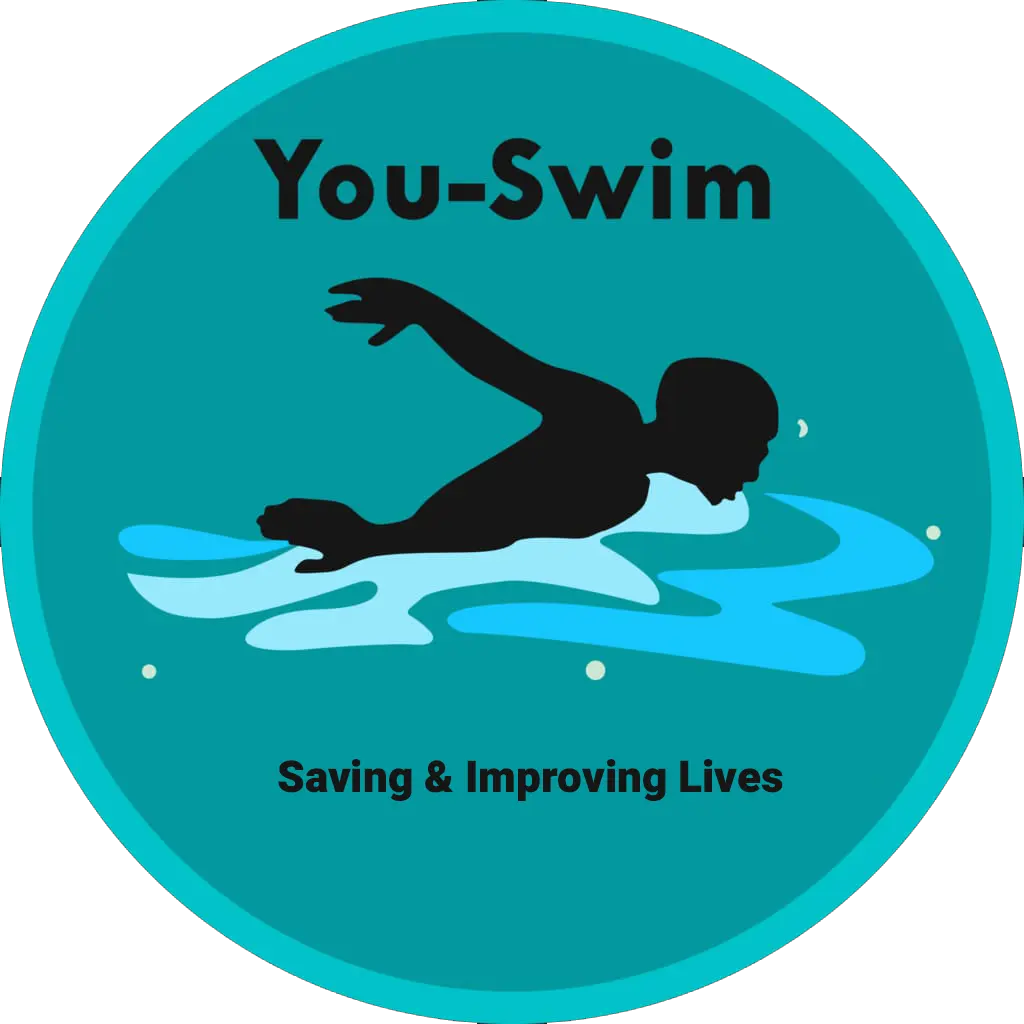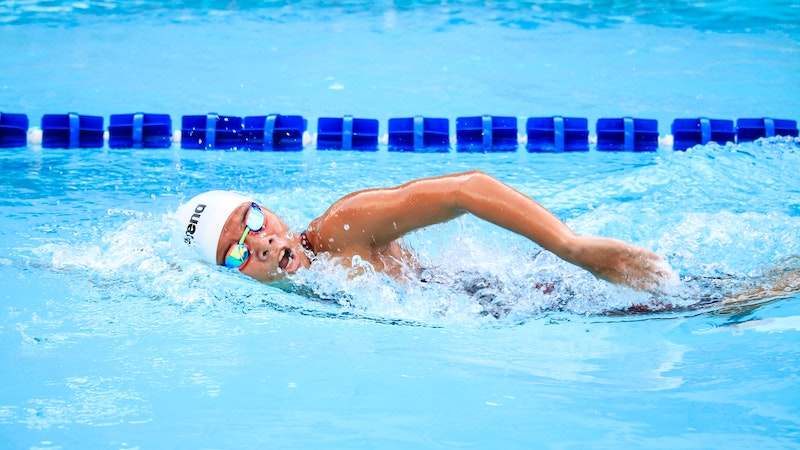Introduction
Swimming is a popular and efficient form of exercise that offers a wide range of health benefits. Despite its benefits, many swimmers tend to make some common mistakes in swimming that can hinder their performance and safety in the water.
We will delve into the most common mistakes swimmers make and provide tips on how to avoid them. Whether you are a new or a seasoned swimmer swimming freestyle, breaststroke, backstroke, or butterfly, by identifying and correcting these mistakes you will be able to improve your swimming technique, boost your performance, and ultimately enhance your overall swimming experience.
1. Improper breathing
Swimmers often hold their breath or breathe too late, which can cause them to tire quickly. To avoid this, swimmers should focus on taking a breath every time their face is out of the water.
2. Incorrect body position
Many swimmers tend to sink or float, which can slow them down and make it harder to swim efficiently. To maintain a proper body position, swimmers should focus on keeping their heads down, their hips up, and their bodies straight.
3. Poor stroke technique
Many swimmers have incorrect arm and leg movements, leading to poor form and slow swimming times. To improve stroke technique, swimmers should focus on proper arm and leg movement and the timing of their strokes.

4. Lack of strength and endurance
Swimmers may not be able to swim for long periods of time or at high intensities if they lack strength and endurance. To avoid this, swimmers should focus on building up their strength and endurance through regular exercise and training.
5. Lack of flexibility
This is one of the most common mistakes in swimming. Swimmers may experience muscle cramps or injury if they lack flexibility. To avoid this, swimmers should focus on stretching before and after swimming.
6. Lack of attention to detail
Many swimmers might ignore the small details that make a big difference like the kick timing, arm recovery, body roll, etc. To avoid this, swimmers should focus on observing their own strokes, and work on fixing errors by watching other swimmers and seeking guidance from a coach.
7. Lack of strength and endurance
Swimmers may not be able to swim for long periods of time or at high intensities if they lack strength and endurance. To avoid this, swimmers should focus on building up their strength and endurance through regular exercise and training.
8. Not warming up enough
Jumping into the pool without warming up can lead to injury. To avoid this, swimmers should do a proper warm-up before starting their swim sessions.
9. Not cooling down after swimming
Not allowing the body to cool down properly after a swim session can lead to muscle soreness and injury. To avoid this, swimmers should take a few minutes to cool down and stretch after each swim session.
10. Ignoring the importance of good nutrition
Many swimmers overlook the importance of good nutrition, which can affect their performance and recovery. To avoid this, swimmers should focus on eating a balanced diet that includes adequate amounts of carbohydrates, proteins, and healthy fats.

11. Not using the proper equipment
Many swimmers use ill-fitting or worn-out equipment, which can affect their performance and increase the risk of injury. To correct this mistake, swimmers should make sure they have the proper equipment and that it fits well and is in good condition.
12. Not tracking progress
Many swimmers don’t track their progress, which can make it difficult to see improvement and set goals. To avoid this, swimmers should keep track of their times, distances, and other metrics.
13. Not mixing up training
Many swimmers get into a routine and stick to it which can lead to a plateau in performance. To avoid this, swimmers should mix up their training routine by incorporating different types of strokes and sets to keep the body challenged and avoid boredom.
14. Not taking rest and recovery seriously
Many swimmers push themselves too hard without allowing enough time for rest and recovery, which can lead to burnout and injury. To avoid this, swimmers should make sure to schedule enough rest and recovery time into their training regimen.
15. Not listening to your body
Many swimmers push through pain or discomfort, which can lead to injury. To avoid this common swimming mistake, swimmers should listen to their bodies and take note of any pain or discomfort, and if necessary, take a break or seek medical advice. Additionally, swimmers should also be aware of the signs of overtraining and take appropriate action to avoid it.
Conclusion
To sum up, swimming is a fantastic sport to keep you active and healthy. However, many swimmers make mistakes that can impact their performance and safety. By identifying and addressing these common mistakes in swimming, swimmers can enhance their swimming experience and see improvements in their performance.
We at You-Swim offer swimming classes for both beginners and those looking to improve their swimming, kids, and adults. We have classes in Nairobi, Kisumu, Naivasha, Mombasa, Eldoret and Nakuru. Reach out and make a booking with us here. Alternatively, you may reach us via call or WhatsApp at 0790407181.
Digital Marketer: Roseline Maina


